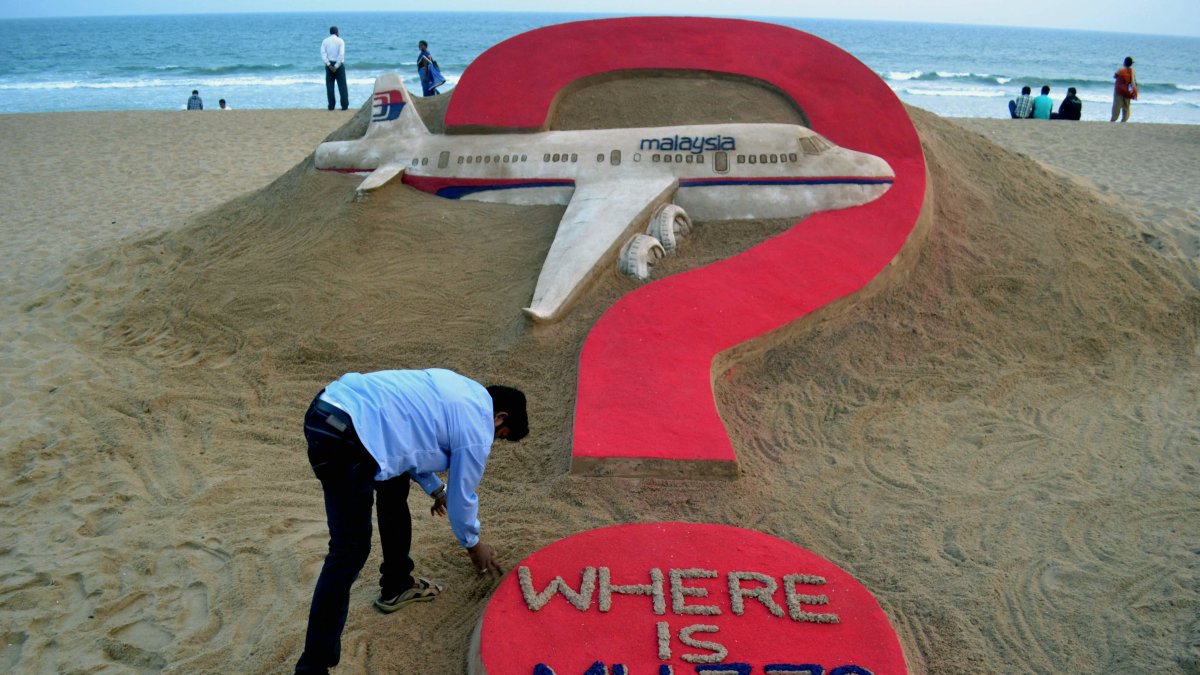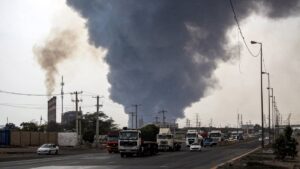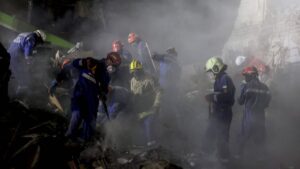A decade after Malaysia Airlines Flight MH370 vanished with 239 people aboard, Malaysia has announced plans to renew the search for the missing aircraft.
Transport Minister Anthony Loke confirmed Friday that the government had agreed in principle to a proposal from U.S.-based exploration firm Ocean Infinity.
Under the deal, Ocean Infinity would receive $70 million only if substantive wreckage is discovered.
Expanded search horizons
The new mission, pending final contract approval, will cover an additional 15,000 square kilometers in the southern Indian Ocean, expanding the search area significantly.
Scheduled to last 18 months, the search is expected to begin between January and April, when weather conditions are most favorable for exploration.
The Boeing 777 vanished on March 8, 2014, during a flight from Kuala Lumpur to Beijing.
After takeoff, the last communication came 40 minutes into the flight when Captain Zaharie Ahmad Shah signed off with the now-famous, “Good night, Malaysian three seven zero.”
Shortly afterward, the plane’s transponder was turned off, and radar tracked it veering off course over northern Malaysia before heading south over the Indian Ocean. All contact was lost.
Satellite data suggested the plane likely crashed west of Australia. Despite two large-scale searches, no significant wreckage has been found, leaving MH370 one of aviation’s greatest unsolved mysteries.
Past efforts, findings
Initial Search (2014–2017): Malaysia, Australia, and China coordinated a $143 million underwater search across 120,000 square kilometers. This effort, called off in January 2017, yielded no evidence.
Ocean Infinity’s First Mission (2018): The U.S. firm conducted a “no-cure, no-fee” operation covering 112,000 square kilometers north of the initial search area. Despite employing advanced technology, the mission ended in May 2018 without success.
Over 30 pieces of suspected debris have been recovered along African coastlines and Indian Ocean islands.
Only three wing fragments were confirmed to belong to MH370. While drift pattern analyses provided some insights, they failed to narrow down the precise crash site.

In 2018, a 495-page report into the plane’s disappearance concluded that its controls were likely manipulated to divert it from its course.
However, investigators stopped short of identifying who was responsible.
The report also highlighted lapses in air traffic control coordination and proposed safety reforms to prevent similar incidents.
The absence of concrete answers has fueled numerous theories, from mechanical failure and pilot sabotage to far-fetched ideas like alien abduction and covert military actions.
Some experts suggest deliberate diversion by an experienced pilot, yet investigators found no evidence implicating the captain or co-pilot.




















































Be First to Comment